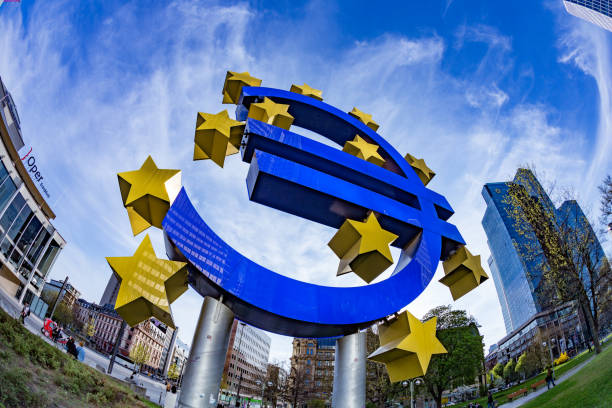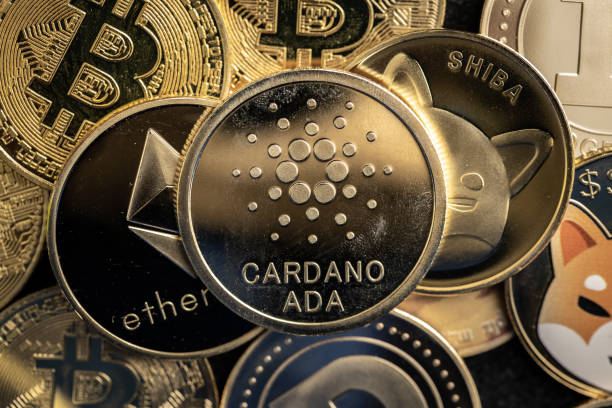รายงาน Coinwire: 76% ของผู้มีอิทธิพลในสกุลเงินดิจิทัลบน X ได้โปรโมต Memecoins ที่ตอนนี้กลับมาเป็นศูนย์แล้ว
Cryptopolitan
25 พ.ย. 2024 เวลา 10:15
การวิจัยของ Coinwire เปิดเผยว่ามากกว่า 76% ของผู้มีอิทธิพลบนแพลตฟอร์ม X ได้โปรโมต Memecoins ที่ตอนนี้หมดอายุแล้ว ตามรายงาน มีเพียง 1% ของ Memecoins ที่มีมูลค่าเพิ่มขึ้น 10 เท่า และ 80% ลดลงมากกว่า 70% ในสัปดาห์ที่ผ่านมา
Coinglass วิเคราะห์ประสิทธิภาพของมีมคอยน์มากกว่า 1,500 เหรียญที่ได้รับการส่งเสริมโดยอินฟลูเอนเซอร์ 377 ราย ซึ่งแต่ละรายมีผู้ติดตามประมาณ 10,000 รายขึ้นไป เพื่อให้ได้ "ความจริงที่น่าสงสัย" มีการกล่าวกันว่า Memecoin นั้นถือว่าตายไปแล้วหากมูลค่าของมันลดลง 90% นับตั้งแต่เปิดตัวครั้งแรก
ผู้มีอิทธิพลใน Twitter เร่ขาย memecoins ที่ตายแล้วในการหลอกลวง crypto
KOL แบบชำระเงิน: วิธีที่ผู้มีอิทธิพลของ Twitter โปรโมตโทเค็นที่ตายแล้วและผลกำไรในขณะที่คุณสูญเสีย
1/ โฆษณาเกินจริงเกี่ยวกับ Memecoins ซ่อนความเป็นจริงอันโหดร้าย: 76% ของผู้มีอิทธิพลส่งเสริมโทเค็นที่ไม่ทำงาน และ 86% ของ Memecoins สูญเสียมูลค่า 90% ในเวลาเพียง 3 เดือน
มาดำดิ่งลงสู่ข้อมูลกัน
2/ มัน… pic.twitter.com/CCy6Tnc7pt
— คีโต (@keto_studio) 25 พฤศจิกายน 2024
The Coinwire research used Dune Analytics data to gather information on 1,567 meme tokens. The study considered coins that X influencers had promoted over the past three months. The final results revealed that two out of three influencer-promoted memecoins were now worthless, as nearly 86% of them had lost over 90% of their value in three months.
Essentially, 80% of the promoted memecoins lost over 70% of their value in a week, 90% of them lost 80% in a month, and 86% of them experienced a 10x value drop in three months. The report showed that achieving 10x gains with influencer-backed memecoins was nearly impossible as only 1% of influencers promoted a memecoin that gained 10x. It also revealed that only 3% of memecoins promoted by influencers ever reached a 10x increase.
Coinwire research claimed that a large proportion of influencer-driven promotions were setting up crypto investors for failure. The report added that the influencers misled new investors who jumped into the projects without understanding the risks. The data indicated that most investors often lost significantly within weeks of investing, highlighting a pattern of volatility and instability of influencer-backed memecoins.
Research correlates influencer follower count to performance
According to the report, the larger the influencers following, the lower the performance of the memecoins they promoted. The report revealed that influencers with over 200K followers had the worst performance. The report highlighted that the meme coin promotions brought about 39% negative returns after a week and 89% negative returns after three months.
On the flip side, influencers with less than 50K followers had better outcomes, with 25% positive returns after a week. It also showed that their promotions eventually brought over 141% positive returns after three months.
The data suggested that smaller influencers had slightly more genuine promotion practices. It also concluded that larger influencers prioritized financial incentives over the quality of the projects they endorsed. The report showed that influencers earned an average of $399 per promotional tweet, with each post receiving over 15K views. Influencers notably benefited financially from promoting meme coins while investors often faced losses, highlighted the report.
The figures shared highlighted the incentive structure that drove influencers to promote even the ‘most questionable projects.’ For the influencers, the financial benefits were clear, while the consequences for the audiences were not. The researchers noted that the results could be far worse than reported since they were not able to crawl deleted promotional tweets. They added that numerous influencers had taken down most of the promotional tweets that had brought negative results for their followers.
A Step-By-Step System To Launching Your Web3 Career and Landing High-Paying Crypto Jobs in 90 Days.




